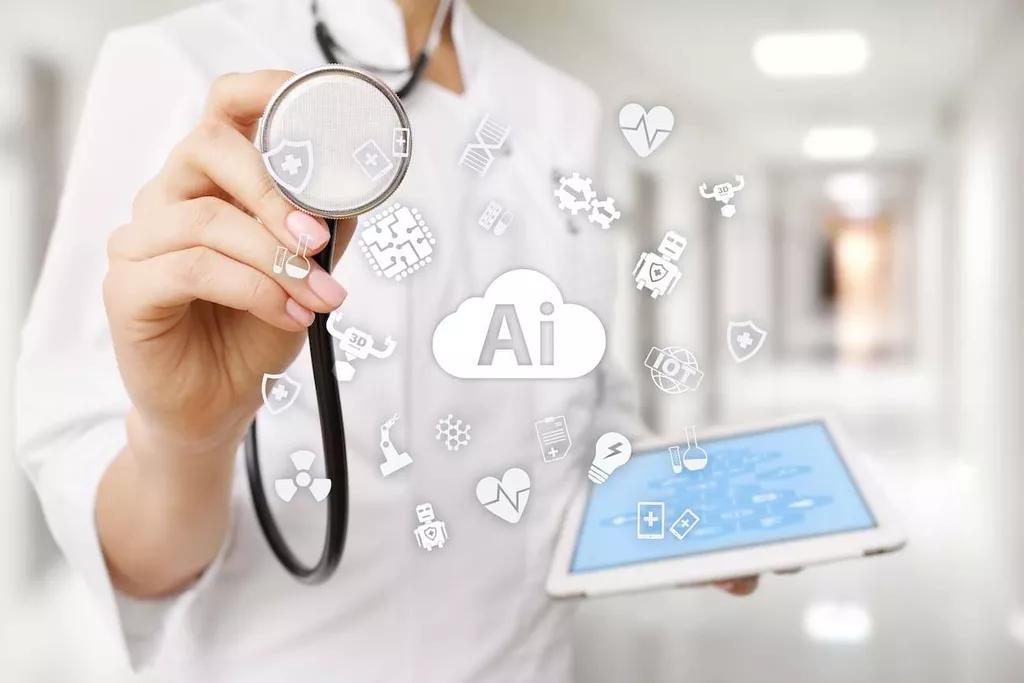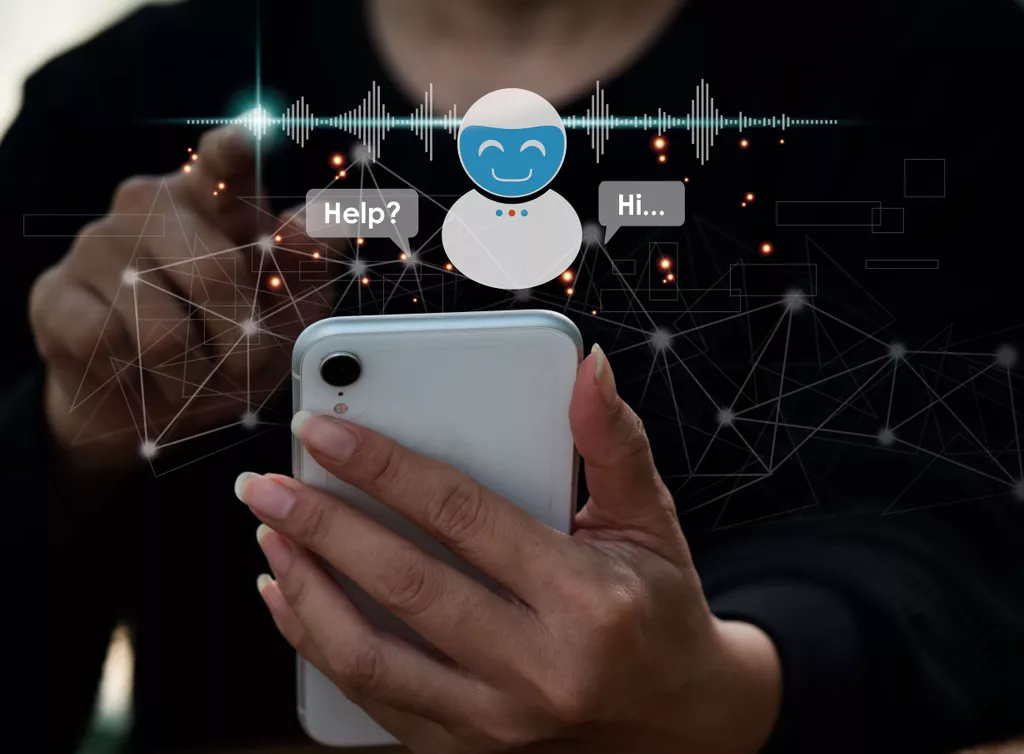
A well-designed healthcare Chabot asks patients about their health concerns, looks for a matching physician, provides available time slots, schedules, reschedules, and deletes appointments. Besides, chatbots can also notify patients and send reminders regarding updates about medical appointments. All thanks to healthcare chatbots, even during the pandemic, patients can reach practitioners at the time of need. Using Conversational AI for the healthcare industry makes it easy for patients to access healthcare during emergencies, no matter where they are located. Being able to reduce costs without compromising service and care is hard to navigate.
- This AI is perfect for making reports such as patient summaries, hospital discharge summaries, or simply filling out forms.
- It is not only beneficial for the Healthcare center instead it is also helpful for patients.
- This fitness chatbot provides healthy recipes and shares solutions to everyday health issues.
- It’s not only that chatbots are becoming more common; their application is becoming ever more clever and creative.
- Pick the chatbot that has the right functionality for your business needs.
- Any firm, particularly those in the healthcare sector, can first demand the ability to scale the assistance.
They can suggest products based on customers’ preferences and past purchases. If a customer is having a problem with an order, the chatbot can raise a ticket to the customer support team. Businesses that use conversational AI chatbots as a part of their customer journey have reported a decrease[1] in wait time for their customers. When used correctly, chatbots can help you save time and money by handling simple support requests automatically. They can also improve the customer experience by providing faster resolution times, multilingual support, and 24/7 availability. The app helps people with addictions by sending daily challenges designed around a particular stage of recovery and teaching them how to get rid of drugs and alcohol.
Chatbot Use Cases: What Bots Can Do for Different Industries
The Chatbot sends a request to the patient’s doctor for a final decision and notifies them when a refill becomes available. This enables doctors to execute prescription refills in batches or automate them when a doctor’s intervention is not required. Health monitoring – Patients require more than just immediate medical assistance. As a result, a bot can assist with continued post-discharge care virtually.
How do you structure a use case?
- Identify who is going to be using the website.
- Pick one of those users.
- Define what that user wants to do on the site.
- For each use case, decide on the normal course of events when that user is using the site.
- Describe the basic course in the description for the use case.
ALICE managed to hold human-like conversations and was one of the most progressive bots of its time. Finally, the privacy and security of sensitive medical information must be carefully considered when using ChatGPT metadialog.com in healthcare. Measures must be put in place to ensure the confidentiality and protection of patient data. Chatbots can also assist with internal communication, which helps different departments work in unison.
Collect Patient Data
There are also one transgender chatbot, one where gender is randomly assigned, and one where the user can choose the gender. Placing a chatbot on your website can help students and parents who are looking for basic information about payments and registration. You can also direct inbound callers to that chatbot for faster service and to free up your phone lines. Combine this with FAQs about any adjustments or service changes for a multi-pronged approach. A chatbot that’s integrated, or better yet, built right into your contact center platform, is much more helpful for your agents and supervisors.
Voice bots facilitate customers with a seamless experience on your online store website, on social media, and on messaging platforms. They engage customers with artificial intelligence communication and offer personalized solutions to shoppers’ requests. Chatbots are computer software that simulates conversations with human users. Chatbots can be used to communicate with people, answer common questions, and perform specific tasks they were programmed for. They gather and process information while interacting with the user and increase the level of personalization. Chatbots can be trained to send out appointment reminders and notifications, such as medicine alerts.
ChatGPT and Healthcare: Potential Use Cases for Providers
This includes addressing data privacy and security concerns and developing frameworks for the responsible use of AI in healthcare. AI development companies have the potential to bring even greater advances to the healthcare industry with new innovations. The impact of AI on healthcare has been significant, transforming the industry in numerous ways. It has improved the quality of care, reduced costs, and ultimately saved lives. By analyzing large amounts of medical data, AI has enabled healthcare providers to make more accurate and timely diagnoses.
How generative AI can alleviate healthcare challenges and burnout – Medical Economics
How generative AI can alleviate healthcare challenges and burnout.
Posted: Mon, 17 Apr 2023 07:00:00 GMT [source]
Bots can analyze each conversation for specific data extraction like customer information and used keywords. Chatbots in healthcare are not bound by patient volumes and can attend to multiple patients simultaneously without compromising efficiency or interaction quality. The chatbot can collect patients’ phone numbers and even enable patients to get video consultations in cases where they cannot travel to their nearest healthcare provider. Both practitioners as well as patients, can highly benefit from this implementation. Over the last couple of years, especially since the onset of the COVID-19 pandemic, the demand for chatbots in healthcare has grown exponentially.
Ready to Build Your Chatbot?
But the problem arises when there are a growing number of patients and you’re left with a limited staff. In an industry where uncertainties and emergencies are persistently occurring, time is immensely valuable. It allows you to integrate your patient information system and calendar into an AI chatbot system. Those who wish to automate their sales process partially will find the following chatbot use cases quite useful. Our bot development service adopts a faster and easier approach so that you can reap maximum business benefits. This includes information about the available loan types of banks, their online services, bonus points options, and so on.
- However, when it comes to giving a personalized experience, bots are definitely in the lead.
- The chatbot can also book an appointment for the patient straight from the chat.
- Patients can use the chatbot to schedule appointments or ask questions about upcoming appointments.
- Patients can use chatbots to ask questions about their medications, such as potential side effects or interactions with other drugs.
- Below, we collected the most popular and proven chatbot use cases in healthcare for establishments of any size.
- Because Chatbots use natural language processing (NLP), they can readily grasp the user’s request regardless of the input.
Take a closer look at six of the most common challenges within the global healthcare sector and explain how conversational AI can help. It’s obvious that if you don’t know about some of the features that the chatbot provides, you won’t be able to use them. But you would be surprised by the number of businesses that use only the primary features of their chatbot because they don’t know any better. So, if you want to be able to use your bots to the fullest, you need to be aware of all the functionalities. Pick the chatbot that has the right functionality for your business needs. This way, you will get more usage out of it and have more tasks taken off your shoulders.
We have listed some of the best healthcare chatbots:
This ensures that not only can their present issue be sorted, but the likelihood they will need to get in touch for the same problem in the future will fall. Use a banking chatbot with sentiment analysis to handle your text-based digital channels. And when that happens, your customer or prospect should be able to easily escalate that conversation to a voice or video call with a live agent. This is one of the biggest mistakes that companies make when deploying chatbots.

Customers expect chatbots to help them with practical issues, such as getting a quick answer in an emergency or finding a human assistant. This would save physical resources, manpower, money and effort while accomplishing screening efficiently. The chatbots can make recommendations for care options once the users enter their symptoms. Based on the pre-fetched inputs, the chatbots can use the knowledge to help the patients identify the ailment that is causing their symptoms.
Bot to Human Support
It’s critical to consider your users’ personalities because they will influence the character of your bot. The true essence is defined by how your users perceive it when they interact with it. A Chatbot can be formal, professional, or simply robotic, depending on your preferences. On the other hand, the design of the Chatbot completely depends upon the purpose; whether the need is for informative or conversational Chatbot. DRUID is an Enterprise conversational AI platform, with a proprietary NLP engine, powerful API and RPA connectors, and full on-premise, cloud, or hybrid deployments.
- As sometimes emergencies happen fast and correct diagnosis is crucially important.
- Based on the assessed risk, the chatbot makes behavioral recommendations (e.g., self-monitor, quarantine, etc.).
- Customers can also use a chatbot to log important fraud reports, helping banking services cut down on the number of fraudulent transactions.
- From simple chatbots to more advanced virtual health coaches, they can be accessed through various channels, such as websites, mobile apps, and messaging platforms.
- Open up the NLU training file and modify the default data appropriately for your chatbot.
- What’s more, the information generated by chatbots takes into account users’ locations, so they can access only information useful to them.
What are the use cases of machine learning in healthcare?
- Patient behavior modification. Many prevalent diseases are manageable or even avoidable.
- Virtual nursing.
- Medical imaging.
- Identifying high-risk patients.
- Robot-assisted surgery.
- Drug discovery.
- Hospital management optimization.
- Disease outbreak prediction.


